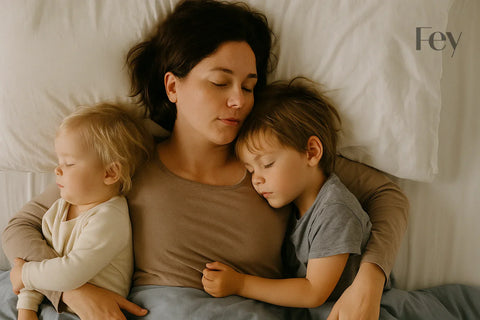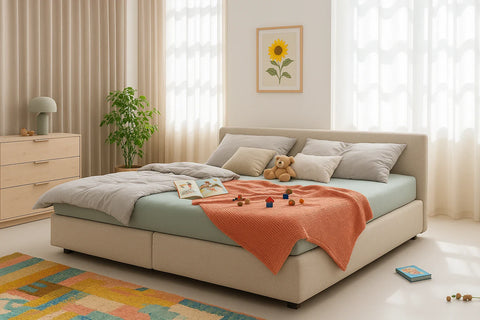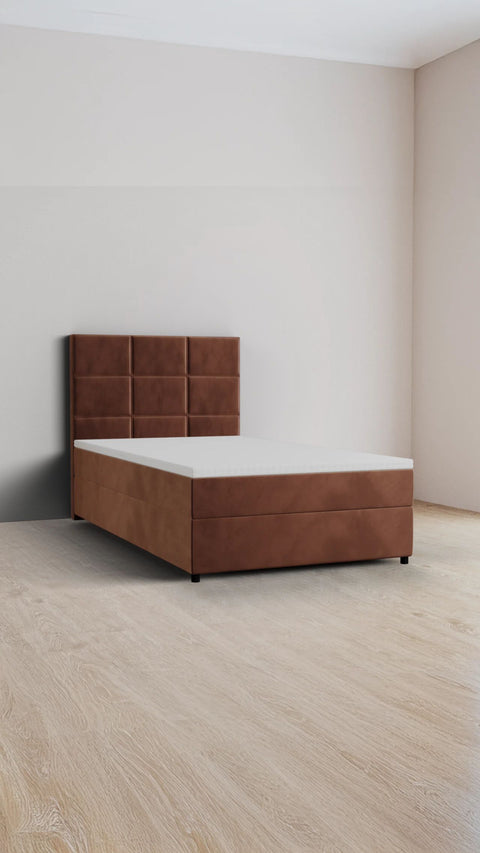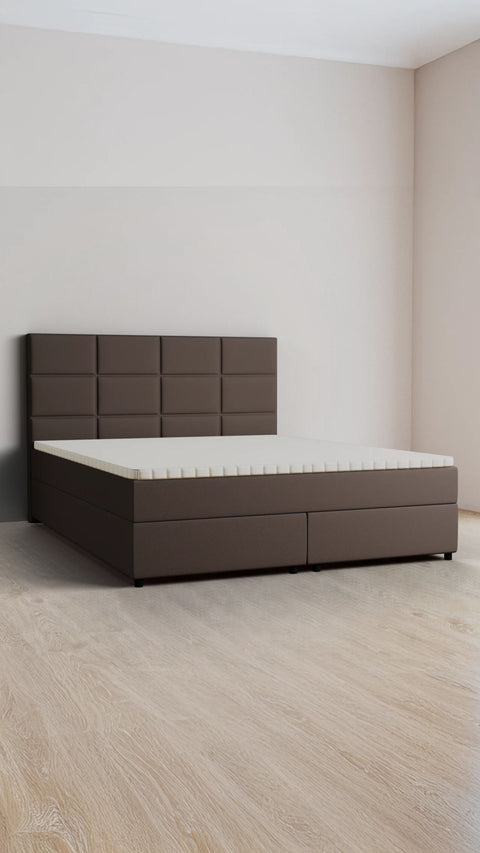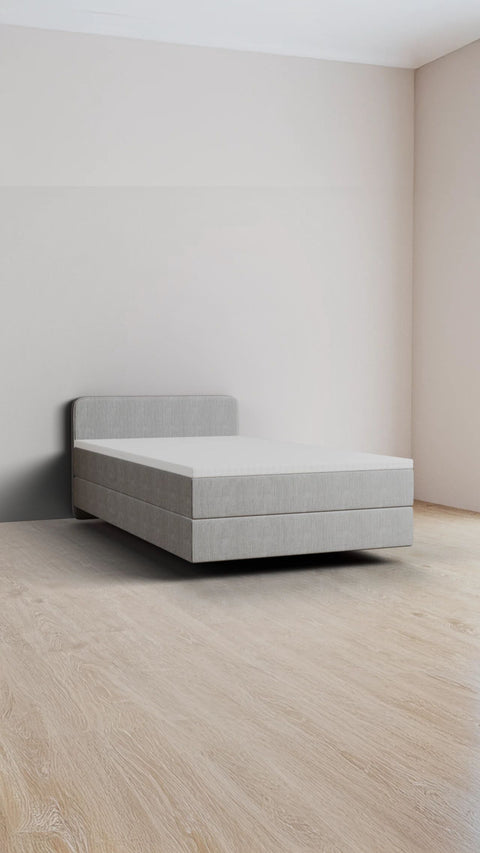Co-sleeping and family beds are nothing new in Europe—especially in the Netherlands and Denmark, where oversized beds (220–280 cm wide) are becoming a practical choice for modern families. Yet even here, many parents feel judged for choosing what’s natural to them. Recent research shows that it’s not co-sleeping itself that causes stress, but the social criticism around it. In this article, we’ll explore the benefits of family beds, why parental shaming is harmful, and how a supportive culture helps both parents and children thrive.
What Is a Family Bed?
A family bed is an oversized bed—often a boxspring—designed for parents and children to share one safe, comfortable sleeping space. Unlike simply letting children crawl into a standard double bed, family beds are intentionally wider (220–280 cm) and built to accommodate multiple sleepers without compromising comfort or safety.
Why It Matters
-
Shaming harms parents more than co-sleeping itself.
A Penn State study found that mothers who co-slept beyond six months reported higher stress—mainly due to criticism, not the practice itself. -
Different cultures, different norms.
In much of Europe, co-sleeping is normalized; in the U.S., it’s often frowned upon. This cultural contrast shows that stigma, not sleep, is the issue. -
Parents need support, not judgment.
With over 60% of mothers reporting they feel judged for parenting choices, normalizing family beds is about creating a healthier environment for families.
How Co-Sleeping Works Best
-
The bed should be firm and wide enough (at least 220 cm).
-
Both parents should agree on the arrangement.
-
Infants should sleep next to the mother, not between both parents.
-
Light bedding and minimal pillows help reduce risks.
Practical Steps for Families
-
Choose the right size: From 220 cm for smaller spaces up to 280 cm for full family co-sleeping.
-
Pick safe bedding: Firm, breathable mattresses and lightweight covers.
-
Set routines: Clear bedtime rituals help children settle.
-
Communicate openly: Parents should discuss boundaries and comfort levels.
Benefits of a Family Bed
-
Easier nighttime breastfeeding and baby care.
-
Stronger parent–child bonds through closeness.
-
Reduced night waking and stress for many toddlers.
-
Flexible sleeping for families with more than one child.
Challenges to Consider
-
Restless or heavy sleepers may disturb children.
-
Limited bedroom space can make oversized beds impractical.
-
Parents who strongly value personal space may find co-sleeping difficult.
| Aspect | Family Bed (Co-Sleeping) | Separate Beds/Rooms |
|---|---|---|
| Bonding & Closeness | High – promotes connection and security | Lower – children learn independence sooner |
| Nighttime Care | Easy – feeding & soothing without leaving bed | Requires parents to get up multiple times |
| Sleep Quality for Parents | Can be mixed – depends on space and setup | Often more consistent for adults |
| Sleep Quality for Children | Often better – children feel safe & calm | Some struggle with separation anxiety |
| Space Requirements | Large bed (220–280 cm recommended) | Standard single/crib + double bed |
| Cultural Acceptance (EU) | Normalized, seen as practical | Less discussion – but also accepted |
| Cultural Acceptance (US) | Often criticized, linked to “spoiling” | Considered the norm |
| Transition to Own Bed | May happen later, naturally | Often earlier, sometimes with resistance |
FAQs
Is co-sleeping safe?
Yes, with the right setup—firm mattress, no heavy bedding near infants, and enough space.
Does co-sleeping ruin relationships?
No. Many couples report stronger teamwork when both parents are aligned.
When should we transition to separate beds?
There’s no fixed rule—most families transition naturally as children grow.
Conclusion & CTA
Family beds are not about following trends—they’re about making sleep work for your family. In NL and DK, the tradition of co-sleeping is gaining new life with oversized boxspring designs that combine safety, comfort, and style.
Explore Fey’s Family Bed Collection, or design your own custom family bed—up to 280 cm wide and 220 cm long—tailored to your lifestyle. Because the best nights are the ones you share.
Sources
-
Shimizu, M., & Teti, D. (2018). Infant sleeping arrangements, social criticism, and maternal distress in the first year. Infant and Child Development. Penn State / ScienceDaily summary
-
American Academy of Pediatrics (AAP). Safe Sleep Recommendations. AAP Policy
-
Survey on parental judgment: BabyCenter, 2017. 61% of mothers report feeling judged for parenting decisions.

